
News
Filters
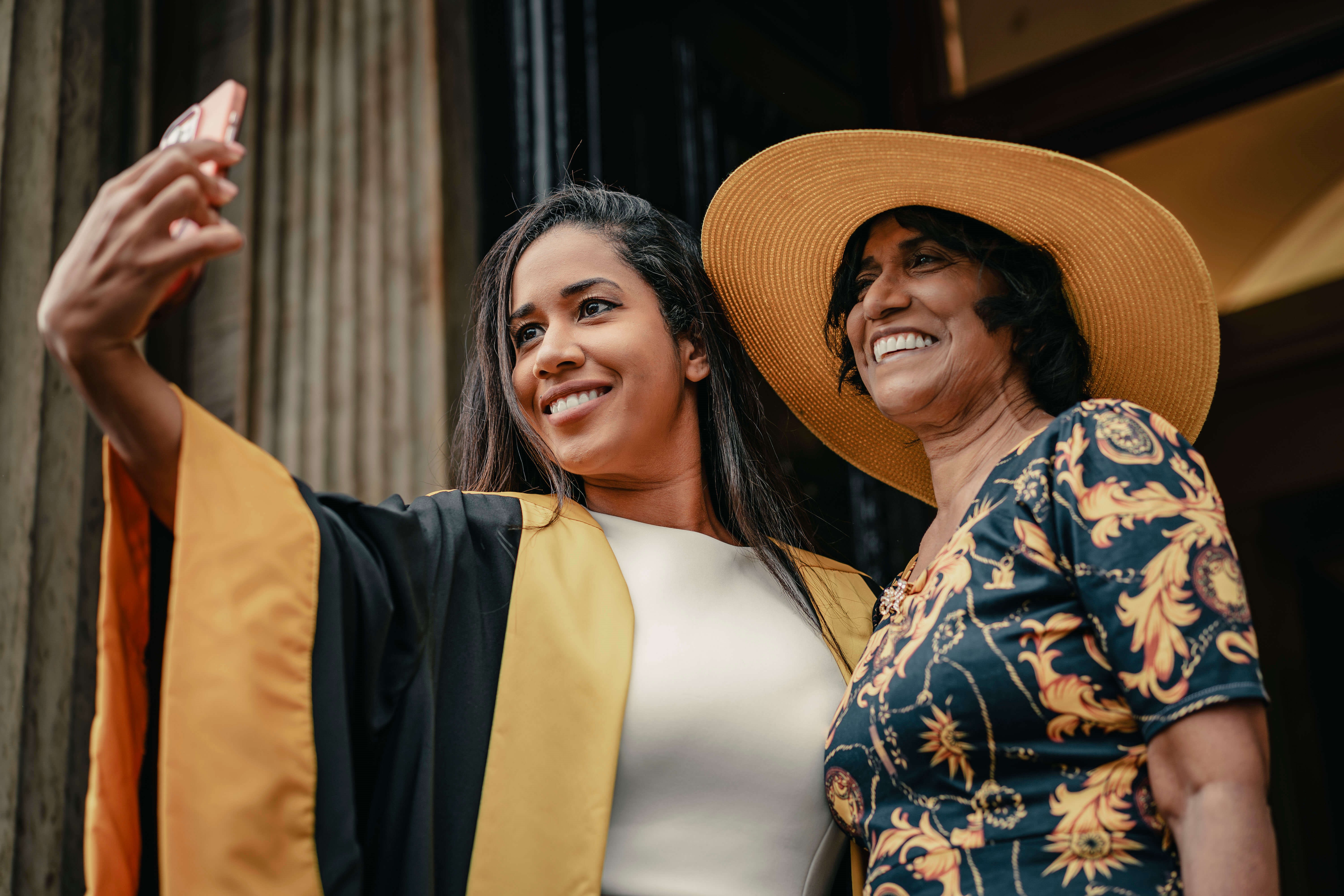
Be part of our legacy – Sponsor a Fellow
As a Fellow, you’re at the heart of our College – we trust in you to lead the conversations, help set our standards and contribute to shaping the future of your profession. Fellowship is also an acknowledgement of your achievements, a recognition of your standing and expertise.
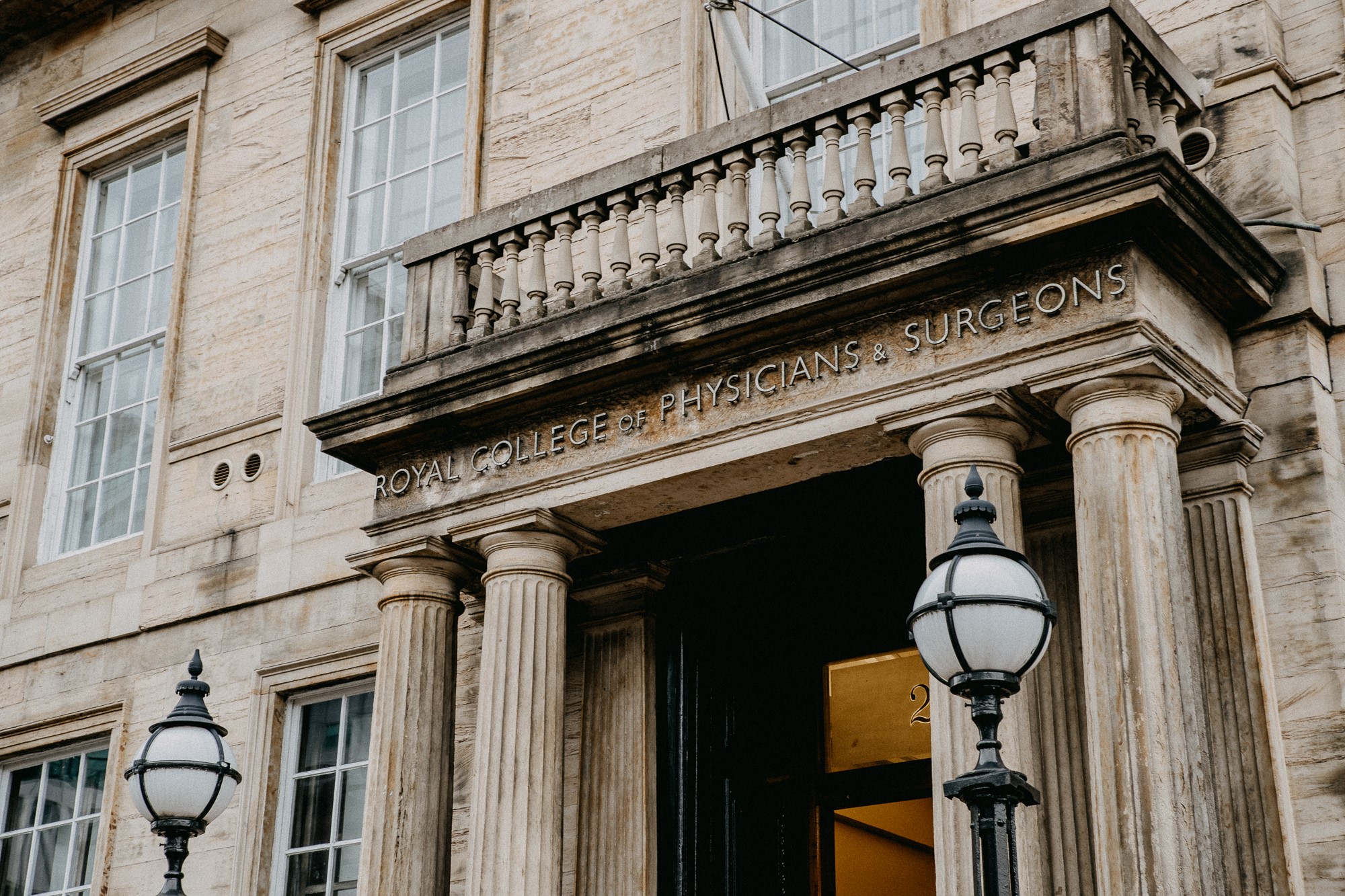
President addresses Fellows and Members of the Royal College on world conflict
Royal College President Professor Hany Eteiba addresses Fellows and Members regarding the ongoing world conflicts.

Royal College responds to 10 Year Health Plan for England
The Royal College of Physicians and Surgeons of Glasgow comments on the publication of the UK Government’s 10 Year Health Plan for England.

President’s perspective: a hillwalker, a daughter and a chain of survival
This month, College President Professor Hany Eteiba shares an inspiring story of a patient whose life was saved by the swift action of his family members.

Leading doctors recognised in 2025 Birthday Honours List
College congratulates Fellows and Members named in His Majesty the King’s Birthday Honours List.
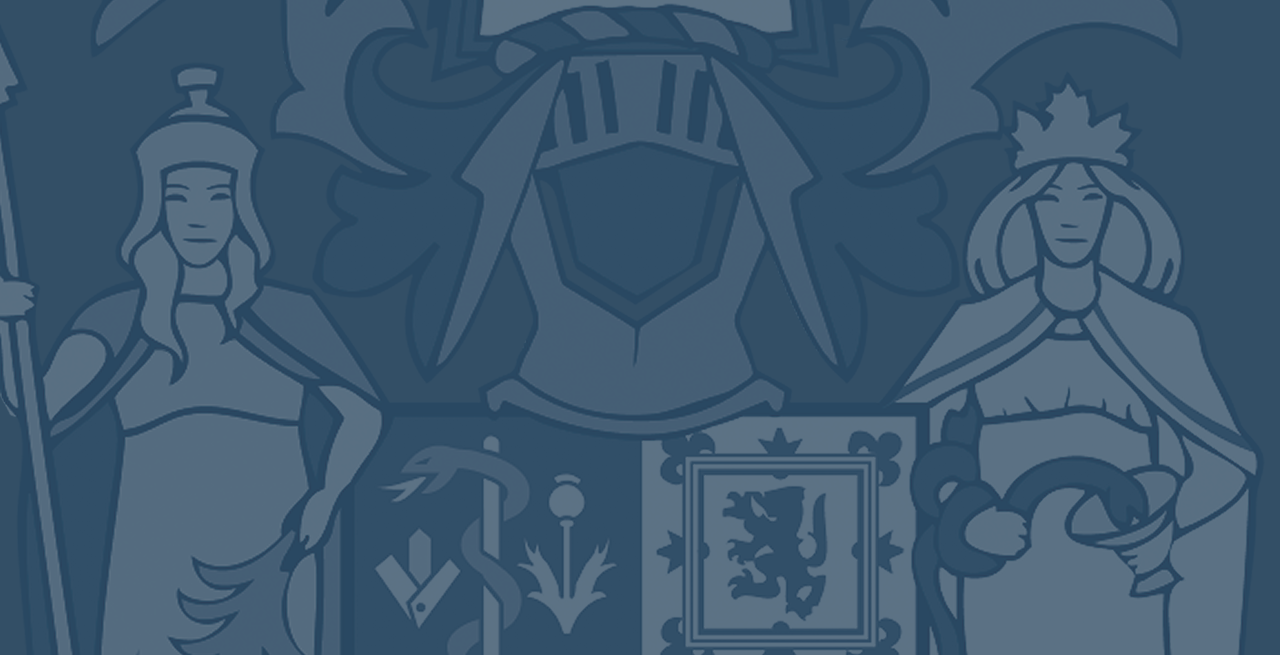
Appropriate release of medical colleagues to carry out work for the wider health system
Read the full letter from health leaders to trusts and boards across the UK, encouraging them to support royal colleges, health organisations and medical professionals to undertake work for the wider benefit of the public and health services.

Resident Doctors’ Committee seeks views on training experiences
The Resident Doctors’ Committee of the Royal College of Physicians and Surgeons of Glasgow has launched a new survey to capture the experiences of surgeons and doctors in training.

Support for sustainable surgery initiative grows
Prestigious medical bodies join forces to update guidance to help minimise environmental impact of surgery.
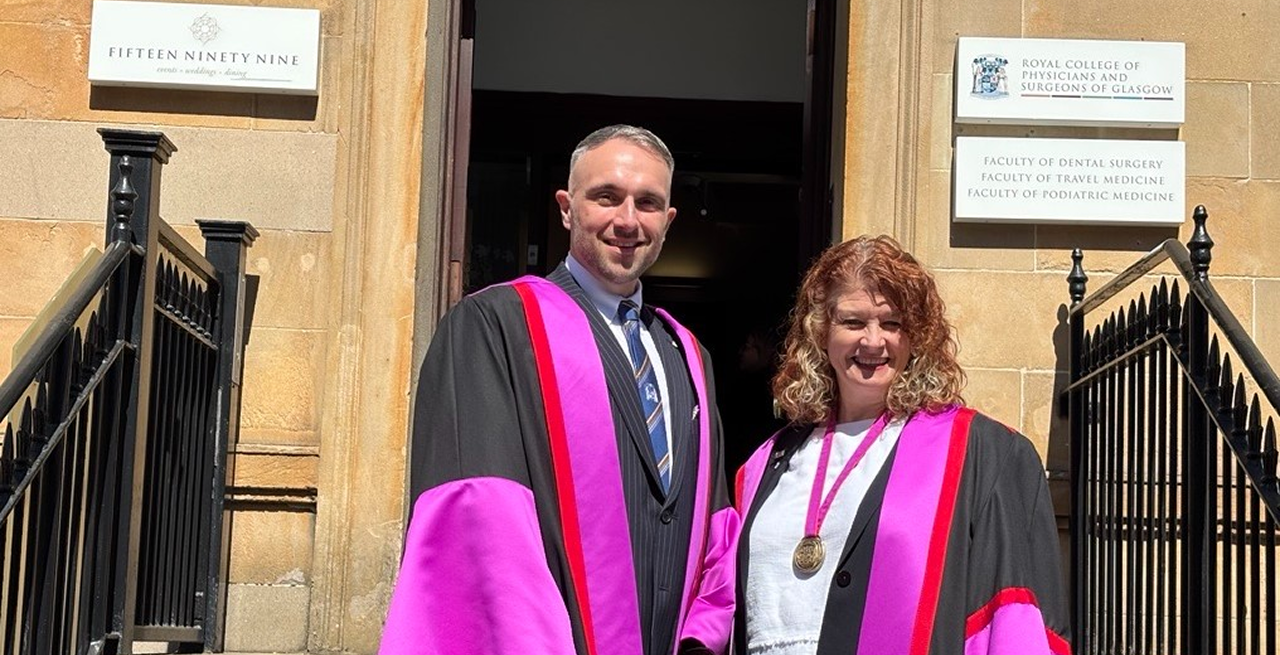
Podiatric Medicine: election results revealed
College welcomes new Dean and Vice Dean to Faculty of Podiatric Medicine.
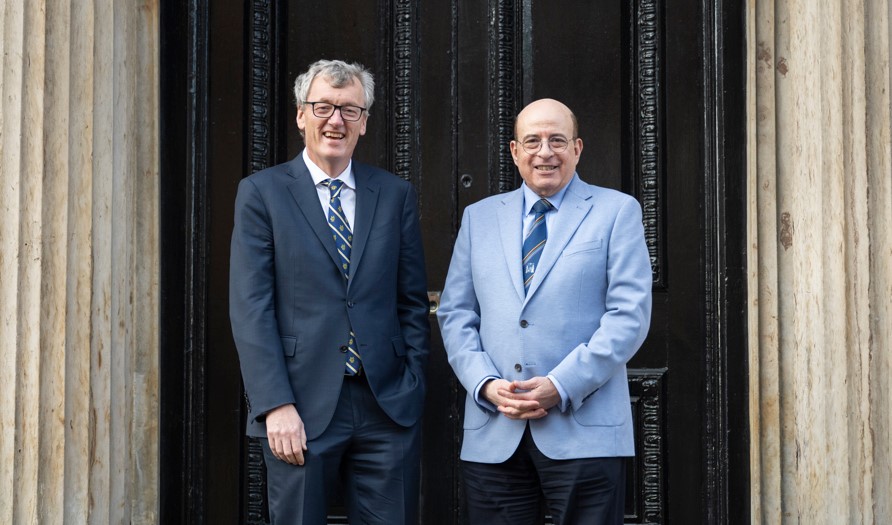
College Voice Issue 18
We’re pleased to share the latest issue of College Voice, our membership magazine.
